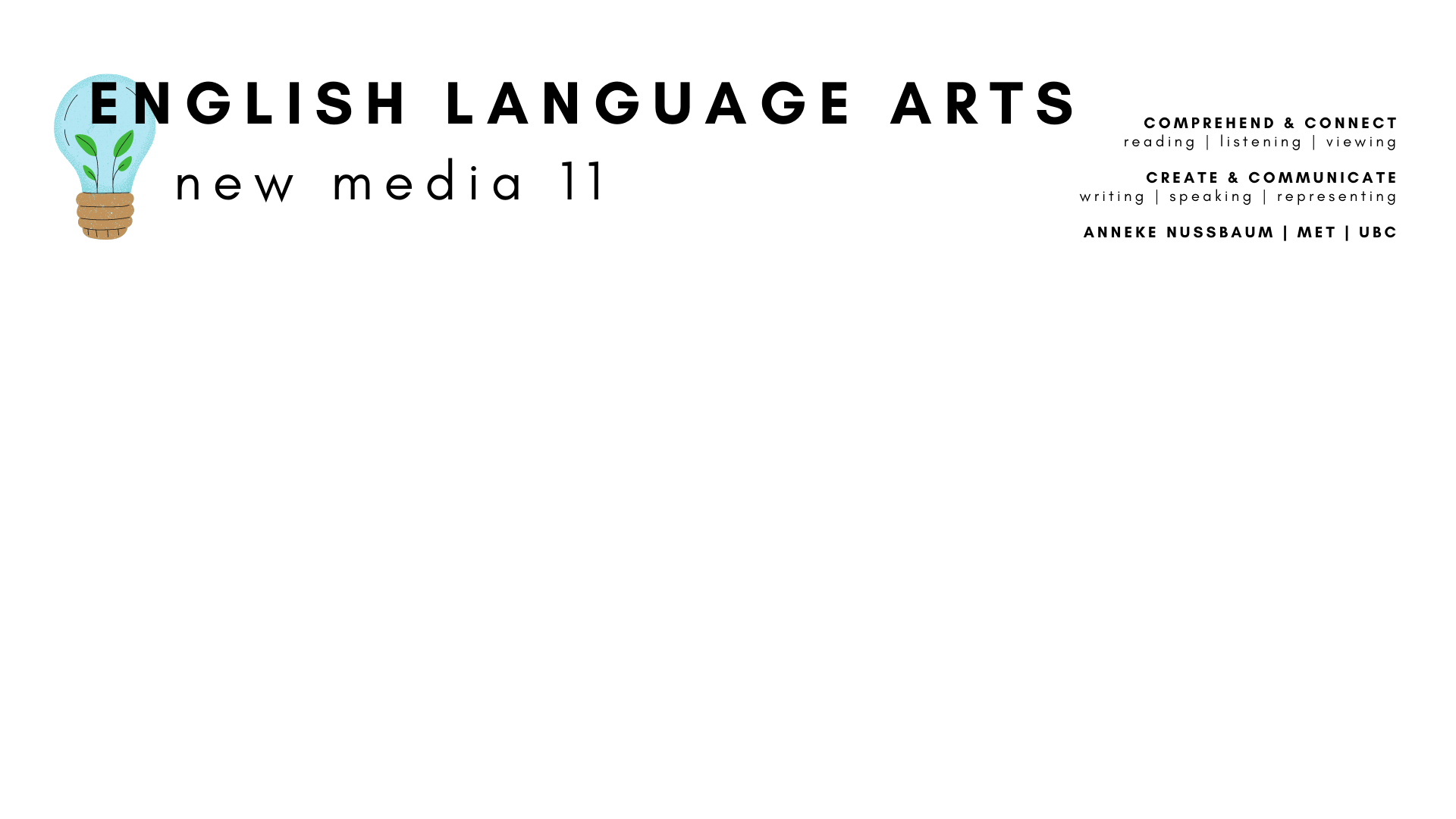Module 3 | Lesson 1 | Lesson 2 | Lesson 3 | Lesson 4
The Role of Interactivity
Gone Home
Elegy Written at a County Junkyard
Discussion #9: Narrative Objects
Blog Post #8: Compare & Contrast
Gone Home
Gone Home (2013) Official Trailer, The Fullbright Company
The Fullbright Company’s Gone Home (2013) is a narrative-driven walking simulator in which the player explores an empty house to learn why her family has disappeared, building a picture of the characters’ inner world.
- Remember, it’s a good practice to keep a game journal while you play games for the purpose of analysis – this can be written, audio, or video – remember, the purpose of these notes is to help you.
- Please let me know if you help accessing this game.
Elegy Written at the County Junkyard
James Houston’s (1974) classic memoir, Elegy Written at the County Junkyard, explores the relationship we have with material objects, using symbolism and flashback to guide the narrative. Through the memoir, readers gain a sense of Houston’s relationship with his father. As you read the text, annotate using the See-Think-Wonder-Connect Routine, keeping in mind the narrative game we just played, Gone Home, and any connections you may notice.
Discussion #9: Narrative Objects
- Like the many handwritten notes, cassette tapes, zine, and more in Gone Home, as well as the suitcase and notes in Elegy Written at the County Junkyard, we all have objects that are meaningful to us, as well as items that we keep close or leave lying around that can tell a story about some aspect of ourselves.
- Look in your bag, on your desk, in your room, around your home, and in any other space that you occupy:
- What does your stuff say about you?
- What stories are hiding as memories ready to come out?
- How might one or more of these objects be symbols?
- How might they characterize you?
- Which one would you like to share in a video “show and tell”?
- Find one object that holds some aspect of you that you would like to share in a video “Show and Tell” with the class.
- We will use Flip Grid to share our videos. You do not need to be in the video if you don’t want to – you can focus the camera on the object and orally share what makes this a “narrative object” for you.
- video length: 1 min 30 seconds max
- Link to Flip Grid
Blog Post #8: Compare & Contrast
- Compare and contrast Gone Home and Elegy Written at a County Junkyard
- The reading experience
- Themes
- Characterization
- Plot
- Literary devices: symbolism, flashback, metaphor
- The use of narrative objects
- Take a deep look at your experience as a reader and come to a conclusion about the role of interactivity on a reader’s experience with narrative games and interactive fiction as you compare the classic paper-based text with the contemporary narrative-driven game.
- Remember – the form of your posts can vary, in that you have the option to express your ideas in the way that is most meaningful to you:
